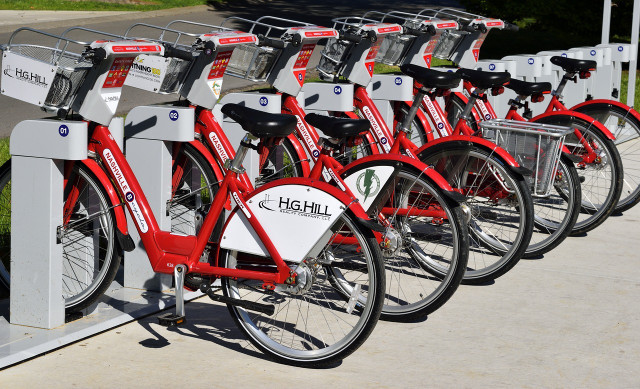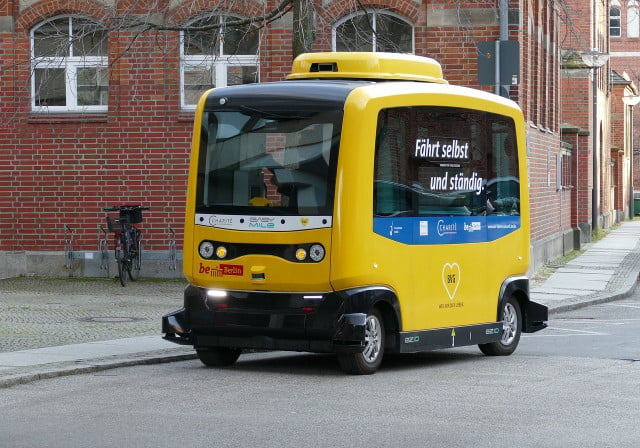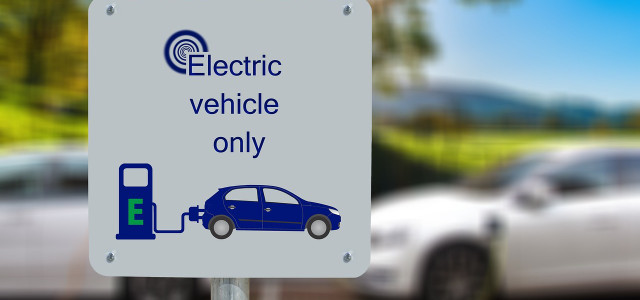Micromobility is becoming more popular as technology improves. Here, we will look at this trend's recent history, development, and environmental impact.
The world has seen an increasing trend in redefining modes of transport as people have sought to move towards more eco-friendly lifestyles. Technology development and implementation have been critical in this trend, especially with the recent growth of micromobility.
Micromobility is defined as the use and development of technologies that transport people short distances, such as bicycles, skateboards, scooters, and segways, often through means other than human-powered vehicles, such as electrically powered and fuel-cell-powered vehicles.
With a rapidly growing focus on environmental sustainability, the use of micromobility to commute for many people has increased. The technological advancements of micromobility have also increased through the creation of lighter and smaller vehicles, which has become crucial to the industry’s success.
What Is Micromobility?

(Foto: CC0 / Pixabay / Surprising_Shots)
Micromobility is a term that describes the movement of people and goods in a small space. This movement is generally achieved using electric vehicles, known as micromobility vehicles. These vehicles are smaller and lighter than standard cars and are often used for commuting and running errands.
These vehicles are also more environmentally friendly and have a smaller impact on the environment than cars. Micromobility vehicles are becoming more popular, but they are not without their challenges. They have a higher chance of getting involved in an accident and can be challenging to park. However, they are still a great way to reduce traffic and air pollution.
History of Micromobility in the United States



(Foto: CC0 / Pixabay / paulbr75)
We can break down the history of micromobility in the United States into three periods.
The first period saw the introduction of bike-sharing schemes which began to appear in the US, in the 90s, most notably the Yellow Bike Project in Oregon. The project simply allotted some bikes with open access to the public. Although they later scrapped it due to problems with vandalism, the movement had begun.
PBSC, a Quebec-based company, began to roll out public bike systems nationally after successful trials in Montreal. This led to the establishment of many US city bike systems, such as DC’s Capital BikeShare beginning in 2010, New York’s Citi Bike launched in 2013, and Portland’s 2016 Biketown.
This was followed by the second period, which saw further development of micromobility. Instead of bike-sharing, free-floating electric scooters became a huge hit. These motorized vehicles could travel at speeds of 10 to 2 kph and could be found and rented via an app. For instance, some popular choices were Bird, Lime, and Spin.
This was followed by the third period, marked by the infrastructural revolution, and led us into present-day development.
Recent Developments



(Foto: CC0 / Pixabay / falco)
Recent development focuses mainly on increasing infrastructural boundaries such as fleet numbers, parking spaces, and access to charging. The vehicles themselves have also been improved upon, using composite materials of steel, aluminum, and magnesium alloys to increase strength and durability.
The possibility of micromobility is becoming a reality as the concept grows. And, three leading technologies are powering the movement:
- Shared ownership vehicles
- Electric and powered vehicles
- Modular self-driving cars
Leading Micromobility Technologies



(Foto: CC0 Public Domain / Unsplash / JavyGo)
The advantages of shared vehicle ownership are its convenience and affordability. For micromobility, shared electric scooters, skateboards, and bike programs are the most popular choices. If you live in a city with a lot of traffic, it’s nice to have the option of not having to walk everywhere. The disadvantages of shared scooters or vehicle ownership are that they require maintenance, and if the other owner damages the vehicle, you may have to carry the cost.
The alternative is investing in a micromobility vehicle of your own. Modular cars are the newest technology in the micromobility field. They are made up of smaller, more efficient, and exchangeable components that allow them to take up less space. They can be powered by a variety of fuels, including electricity.
The latest development for these vehicles is autonomous and self-driving technology. Autonomous vehicles are those which provide any form of assisted driving to users. Currently, it’s predicted there are more than 43 million autonomous cars on the road.
Similarly, in the US, self-driving cars are already here. There are already more than 1400 self-driving cars on US roads. Though they need to be recharged and managed by humans, they are said to be more efficient than human-driven cars. Self-driving cars are also more cost-effective, and with the modular design, they can take up far less space.
Environmental Impact of Micromobility



(Foto: CC0 / Pixabay / markusthomasde)
The environmental impact of micromobility is a topic that is constantly evolving. It is a subject that is still being studied and is not fully understood. However, there is a general consensus that micromobility is a more eco-friendly way of transportation.
One of the most important things to consider is the emissions generated by micromobility. For example, hydrogen fuel cells are the main component of electric-powered vehicles. The electricity produced during the electrolysis process of these cells is much cleaner than the emissions generated by a combustion engine.
According to the US Department of Energy, hydrogen-based fuel cells are two to three times more efficient than combustion engines. In California, they have already opened more than 100 public stations to help encourage a move to a zero-emissions infrastructure. Unfortunately, the majority of retailers are only offering hydrogen-based fuel in regions with existing hydrogen stations such as California and Hawaii.
Fossil fuel emissions produced by the combustion engine are not just harmful to the environment. They are detrimental to the health of the people. In addition to the emissions, the noise generated is also a problem.
The noise produced by the micromobility is not as bad as the noise made by the combustion engine, but it is still a problem. The noise generated by micromobility is also a problem for animals because it can lead to stress and anxiety.
Takeaways
History reveals its course—there is always a future. One of the most important visions of the future is that of micromobility as it may provide a solution to the significant environmental issues we are facing. But, we will have to wait and see whether such technologies will continue to be adopted and whether government infrastructure can keep up.
Read more:
- 10 of the World’s Greenest Cities
- The 6 Types of Renewable Energy – And Why We Need Them Now
- What is Sustainable Development, and Why Is It Necessary?
Do you like this post?










